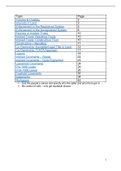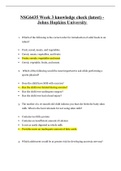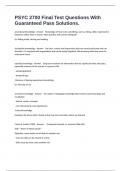Samenvatting
Summary HRM for IBA chapter 1-2-4 contact me for week 4 content
- Instelling
- Tilburg University (UVT)
Human Resource Management is about managing the labor side of organizations. As labor resides in people, managing labor involves managing people. Because people can think and act in response to management, effective management of people involves a good understand...
[Meer zien]













